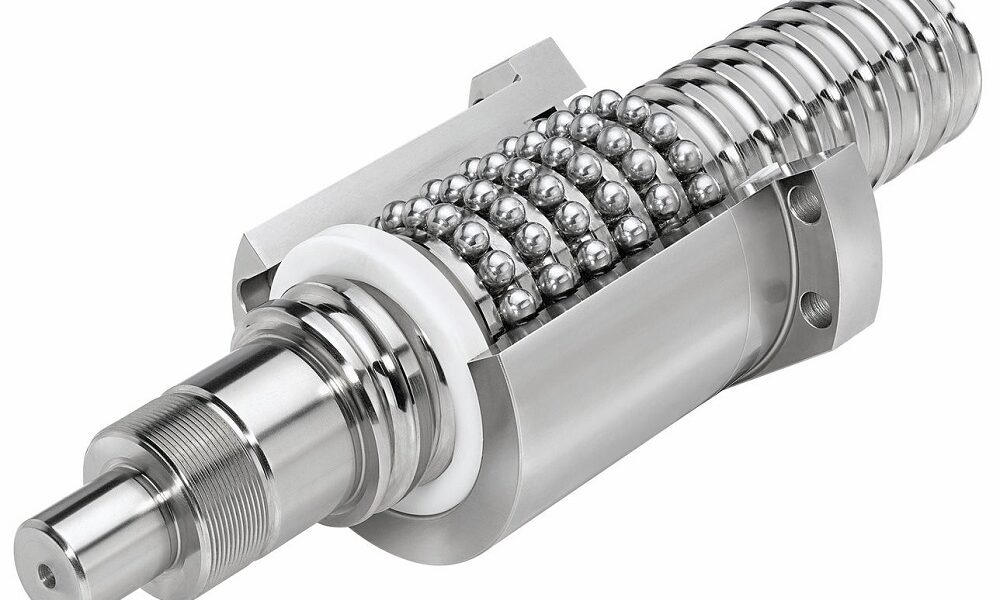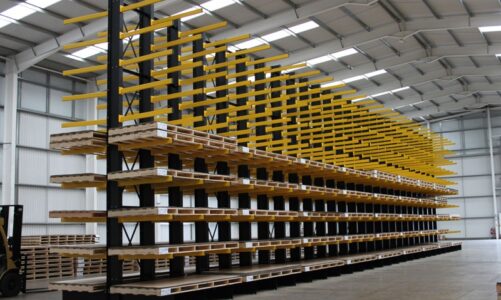The mechanical ball screw is a device for converting rotary motion into linear motion. The term “antifriction nut” previously described this item. A sizable threaded shaft and ball bearings allow them to withstand heavy loads and intense stress without breaking. As can be seen on the left, the traditional ball screw comprises a nut and a screw. Ball bearings contain helical indentations on their exteriors, which allow them to roll between the screw and nut. As the ball screw turns, the bearings go to the return system and then back again.
As early as the 1920s, Rudolph G. Boehm was working on the concept of the ball screw MTF. They are used in many different types of production today, including 3D printers, machines, airplanes, missiles, and automobiles. But you should weigh the benefits and drawbacks of employing ball screws in your company’s production applications before you make a move.
Ball Screws Vs Lead Screws
Ball screws and lead screws seem identical, but the nut of a lead screw incorporates ball bearings. Lead screws don’t use ball bearings. Thus the nut doesn’t spin. But ball screws use a nut with rolling ball bearings to carry the load and minimize friction.
Ball-Screw Advantages
Ball screws give a very high level of mechanical efficiency. Conversely, the mechanical efficiency of lead screws is often between 20{08ffe88c5b90cc48a299f98f7d2ef5e652ad8a7b3196b331bc139ea9b3272ba4} and 25{08ffe88c5b90cc48a299f98f7d2ef5e652ad8a7b3196b331bc139ea9b3272ba4} at best. These figures suggest that ball screws are three to four times more effective than lead screws in transforming mechanical energy.
It should be no surprise that the ball screw MTF (บอลสกรู MTF, which is the term in Thai) provides very little resistance. This is because a ball-bearing-filled nut is integral to their construction. Ball bearings provide the screw with a friction-free, easily-gilded surface, extending its useful life.
Ball Screw’s Disadvantages
Ball screws have one major drawback: they may be back-driven, which can cause serious damage. They may be back-driven at certain lead angles because to the low friction they produce.
There is a possibility that ball screws will be more expensive than lead screws and other mechanical devices that provide a function that is similar to that of ball screws. Because of the increased cost of the ball screw MTF, it’s possible that manufacturers that are working on a limited budget won’t be able to use them. However, because they have a meagre amount of internal friction and a very high mechanical efficiency, ball screws will continue to be a popular solution for manufacturers looking to increase the quality and effectiveness of their goods.




